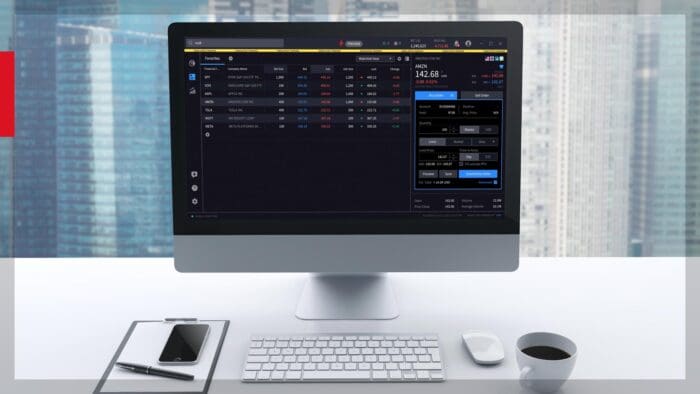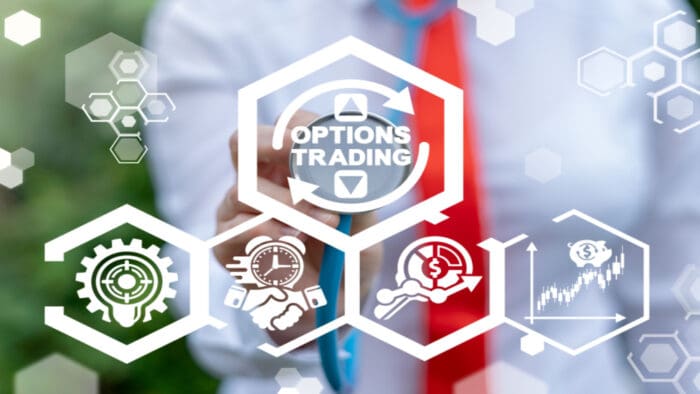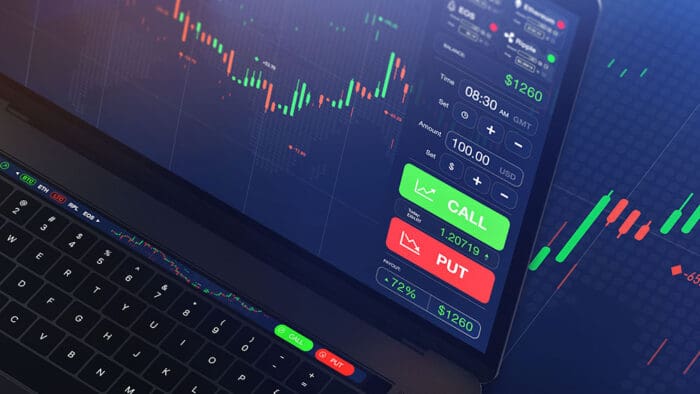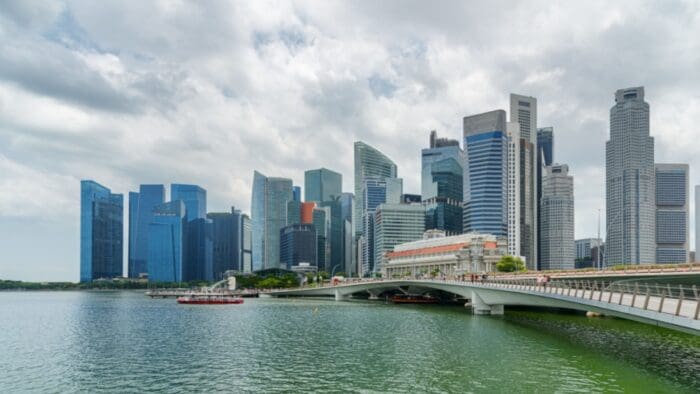The Singaporean economy is likely to slow this year after 2024’s strong pace of expansion. Growth is expected to remain robust, however, in light of firm consumption trends which have been supported by low unemployment and ongoing productivity. But the island-nation’s dependence on global commerce may weigh on overall progress, considering the 10% levy applied on exports to the United States. Still, the country maintains a trade deficit with the US, positioning the jurisdiction as a top manufacturing destination in Southeast Asia as other neighbors largely sustain surpluses with America. Meanwhile, significant advancements have been achieved in taming inflation, opening the door for the MAS to ease policy further next week on April 14 following the move to an easier stance in January. The combination of sturdy activity alongside lighter financial conditions opens the path to sustainable growth for years to come.
But 2.7% Is Still Robust
I anticipate that Singapore’s real GDP will expand an impressive 2.7% this year, a moderation from 4.4% in 2024. Overall, I expect the nation’s leading positions in AI, manufacturing, finance and foreign direct investment to continue supporting its activity, although tariffs will limit potential gains. Moreover, I’m expecting tight labor markets to further bolster consumption, contributing to a strong economy.
Retail Sales Expanded in Last Two Months
Consumer spending has been strong so far this year when evaluating the monthly results. Retail sales climbed 3% month over month (m/m) in February, up from 2.8% m/m in January. Excluding automobiles, the value of transactions increased 2.2%. The m/m metric received an assist from the Lunar New Year occurring in February, but revenues were robust in multiple categories and the other segment led with a gain of 24.8% m/m. Annualized figures have posted weaker momentum, but 2025’s numbers have been solid thus far.
Full-Employment Conditions Remain
Singapore’s unemployment rate of 1.9% in the fourth quarter of 2024 points to firm household incomes and continued productivity. I’m expecting that the low level of joblessness amidst consistent employment gains will bolster consumption, shielding the economy from the potential negative impacts of trade challenges.
Manufacturing Slows Though
While retail volumes were strong in February amidst a tight labor market, the deceleration in the sizeable manufacturing sector is something to keep an eye on. The country’s Purchasing Managers Index (PMI) dropped from 50.7 in February to 50.6 last month, according to the Singapore Institute of Purchasing and Materials Management. Results above 50 imply expansion and readings below that level depict contraction. March produced the lowest reading in eight months. Separately, the electronics PMI slipped from 51 to 50.9. The broader PMI decline is consistent with most other Asian nations that are experiencing slowing factory activities and is driven, at least in part, by trade conflict concerns and economic uncertainty.
Inflation Cooperates
Singapore’s Consumer Price Index climbed 0.8% m/m in February after declining 0.7% during the first month of 2025. Furthermore, the indicator increased just 0.9% y/y following an advancement of 1.2% in January. Prices rose 2.4% in 2024 and I’m expecting charges to expand just 1.5% this year.
Softening cost pressures are providing the Monetary Authority of Singapore (MAS) with significant leeway in easing monetary policy this month. Meanwhile, the recent plunge in oil levels is expected to support economic growth, considering that the island-nation imports its crude supplies.
Fiscal Conditions Are Sustainable
After producing a budget deficit in fiscal year 2023, Singapore generated a S$6.4 billion surplus in FY 2024, a result of stronger-than-expected corporate tax collections. For the current year I expect the nation to generate S$6.97 billion more in revenue than its expenses. Its government has said it will use the gap to support households and businesses that are dealing with short-term economic challenges, which would help stimulate the country’s economy shall it slip into a soft patch. But if weakness doesn’t present itself, the buffer will grow wider, adding to its capacity to offset the pressures of a rainy day.
Monetary Policy Easing Approaching
Singapore adjusts its monetary policy by changing its allowed range for the exchange rate of its own tender relative to a trade-weighted basket of currencies. This range is referred to as the Singapore Dollar Nominal Effective Exchange Rate (S$NEER). Having already eased in January by adjusting the S$NEER via a slightly reduced slope, I expect the MAS to provide additional accommodation featuring a lighter slope on the back of potential tariff and possible economic turbulence ahead. Additionally, softer inflationary pressures and a balanced fiscal budget offer supplementary flexibility for the MAS to ease conditions.
AI Provides Tailwinds
The Tortoise Media Global AI Index ranks Singapore as the third-most significant country for AI implementation, innovation and investment. Singapore’s success is attributed to its strong prowess with electronics, including producing semiconductors, and the government’s committed support of the area. This has positioned the nation to participate in the rapid growth of the AI industry. Going forward, however, the jurisdiction will have to address a shortage of skilled workers.
Disclosure: Interactive Brokers Affiliate
Information posted on IBKR Campus that is provided by third-parties does NOT constitute a recommendation that you should contract for the services of that third party. Third-party participants who contribute to IBKR Campus are independent of Interactive Brokers and Interactive Brokers does not make any representations or warranties concerning the services offered, their past or future performance, or the accuracy of the information provided by the third party. Past performance is no guarantee of future results.
This material is from IBKR Macroeconomics, an affiliate of Interactive Brokers LLC, and is being posted with its permission. The views expressed in this material are solely those of the author and/or IBKR Macroeconomics and Interactive Brokers is not endorsing or recommending any investment or trading discussed in the material. This material is not and should not be construed as an offer to buy or sell any security. It should not be construed as research or investment advice or a recommendation to buy, sell or hold any security or commodity. This material does not and is not intended to take into account the particular financial conditions, investment objectives or requirements of individual customers. Before acting on this material, you should consider whether it is suitable for your particular circumstances and, as necessary, seek professional advice.


















Join The Conversation
If you have a general question, it may already be covered in our FAQs page. go to: IBKR Ireland FAQs or IBKR U.K. FAQs. If you have an account-specific question or concern, please reach out to Client Services: IBKR Ireland or IBKR U.K..
Visit IBKR U.K. Open an IBKR U.K. Account